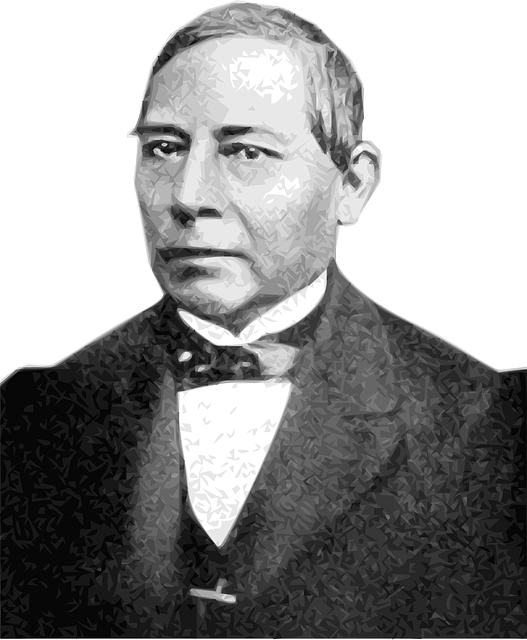DUI laws differ between rural and urban areas due to varying societal needs. Rural communities focus on stringent patrol strategies and harsh penalties, while urban centers prioritize educational campaigns and Youth DUI Prevention Programs (YDPPs). Strict laws and YDPPs in urban areas deter impaired driving due to high population densities facilitating law enforcement. In contrast, rural areas face challenges like lower density, fewer resources, and scarcity of YDPPs, leading to higher impaired driving rates. Tailored initiatives targeting rural areas, leveraging local support networks and innovative approaches, are crucial to bridge this gap and effectively address unique challenges in both settings, ensuring safety on the roads.
In the realm of driving under the influence (DUI) enforcement, a stark contrast exists between rural and urban areas. While urban centers focus on strict penalties and youth awareness campaigns, rural regions face unique challenges necessitating tailored legal strategies. This article delves into a comprehensive overview of DUI laws, exploring how these differences impact prevention efforts, particularly Youth DUI Prevention Programs, in distinct environments. By understanding these nuances, we can enhance safety across diverse landscapes.
- Understanding DUI Laws: A Comprehensive Overview
- Rural Areas: Unique Challenges and Legal Considerations
- Urban Settings: Strict Enforcement and Youth Awareness
- Comparing Prevention Strategies: What Works Where?
- Youth DUI Prevention Programs: Tailoring Approaches for Different Environments
Understanding DUI Laws: A Comprehensive Overview

DUI laws, or Driving Under the Influence, are designed to prevent individuals from operating a vehicle while impaired by alcohol or drugs. These laws vary significantly between rural and urban areas due to differing societal needs and challenges. In rural communities, where distances between locations can be vast and populations sparse, law enforcement may focus more on stringent patrol strategies to deter driving under the influence. Conversely, urban centers with higher population densities often prioritize educational campaigns and Youth DUI Prevention Programs to raise awareness and promote responsible drinking.
Comprehending these nuances is crucial for anyone navigating different jurisdictions. Rural areas might emphasize hard-enforcement tactics like increased road blocks and strict penalties, while urban regions may invest more in soft-enforcement methods such as public service announcements and community outreach. Regardless of location, the overarching goal remains to ensure safety on the roads and prevent tragic accidents caused by impaired driving.
Rural Areas: Unique Challenges and Legal Considerations

Rural areas often present unique challenges when it comes to enforcing and regulating DUI (Driving Under the Influence) laws. With lower population densities, fewer law enforcement resources, and longer response times, rural communities may struggle to implement effective prevention strategies. This can lead to higher rates of alcohol-impaired driving and more severe consequences for those involved.
One key consideration in rural areas is the lack of access to youth DUI prevention programs. These programs, designed to educate young people about the dangers of drinking and driving, often rely on school partnerships or community events that may be less prevalent in rural settings. As a result, rural youth may have fewer opportunities to learn about responsible alcohol consumption, potentially increasing their risk of engaging in impaired driving behavior. Therefore, tailored initiatives targeting rural communities are necessary to bridge this gap and address the specific challenges faced in these areas.
Urban Settings: Strict Enforcement and Youth Awareness

In urban settings, strict enforcement of DUI (driving under the influence) laws is a common sight. The high concentration of people and vehicles in cities makes it easier for law enforcement to patrol and detect impaired drivers. This results in more frequent stops, checks, and penalties for those found guilty. Furthermore, urban areas often host robust Youth DUI Prevention Programs aimed at educating young people about the dangers of drinking and driving. These programs, sometimes integrated into school curriculums or community events, play a significant role in raising awareness among teens and young adults.
The dense population and vibrant nightlife in cities also mean that youth are more likely to be exposed to situations involving alcohol consumption and subsequent driving. In response, urban communities have developed innovative ways to combat this issue, including peer-led educational campaigns, public service announcements, and stricter penalties for underage drinking and driving. These efforts collectively contribute to a culture of responsibility and caution among urban youth regarding DUI-related risks.
Comparing Prevention Strategies: What Works Where?

In rural areas, where communities are often smaller and more tightly knit, Youth DUI Prevention Programs can take on a different form. Success here might lie in leveraging local support networks and targeted outreach initiatives. For instance, community-based events and peer-to-peer education campaigns can effectively raise awareness about the dangers of drinking and driving among younger residents. These strategies tap into the sense of collective responsibility often prevalent in rural settings.
In contrast, urban environments present unique challenges due to higher population densities and more diverse cultural landscapes. Youth DUI Prevention Programs in cities might need to be more innovative and inclusive, incorporating digital media campaigns, social gatherings focused on alternative activities, and partnerships with youth-serving organizations. The key is to reach young people where they are—whether that’s through online platforms or community centers—and engage them in ways that resonate with their urban experiences.
Youth DUI Prevention Programs: Tailoring Approaches for Different Environments

Rural and urban areas present distinct challenges when it comes to Youth DUI Prevention Programs. In urban settings, with their higher population densities and easier access to resources, programs can leverage community engagement, specialized youth centers, and extensive law enforcement presence to implement comprehensive prevention strategies. These might include educational workshops in schools, after-school activities promoting positive alternatives to drinking, and stringent penalties for underage drinking.
In contrast, rural communities face unique obstacles such as limited funding, fewer youth organizations, and lower population densities. Effective Youth DUI Prevention Programs in these areas may need to be more tailored and creative. This could involve partnering with local businesses, farmers, and community leaders to integrate prevention messages into everyday interactions, leveraging technology for remote counseling and education, and focusing on building strong relationships between law enforcement and younger residents.
In conclusion, rural and urban areas face distinct challenges when it comes to DUI laws. Rural regions grapple with limited law enforcement resources and higher rates of alcohol-impaired driving, while urban centers benefit from stricter enforcement and robust youth awareness initiatives. Effective Youth DUI Prevention Programs must adapt to these differences, employing tailored strategies that resonate in each environment. By understanding the unique dynamics of both settings, we can enhance prevention efforts and ultimately reduce drunk driving across the board.






